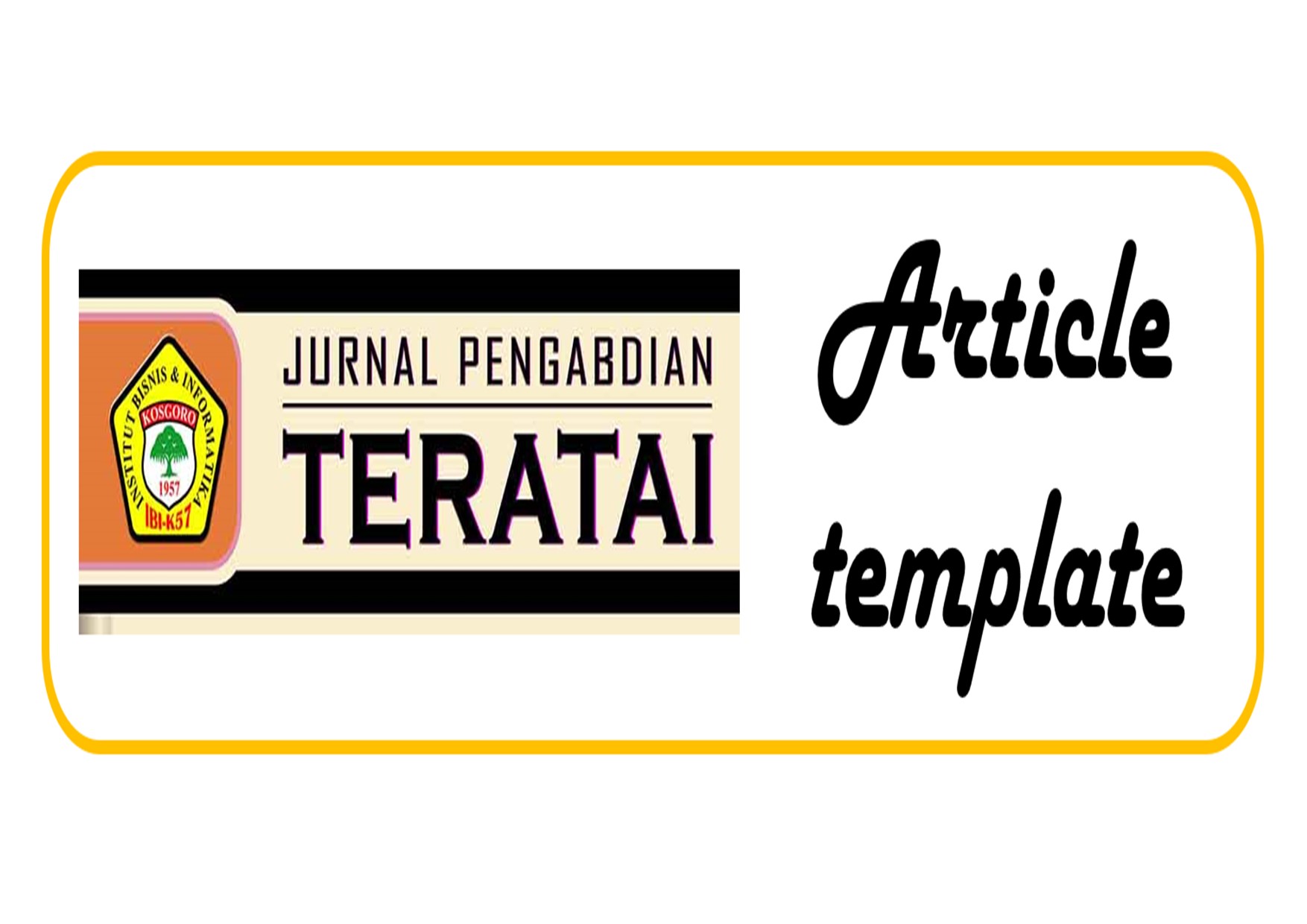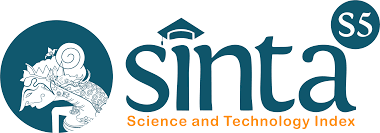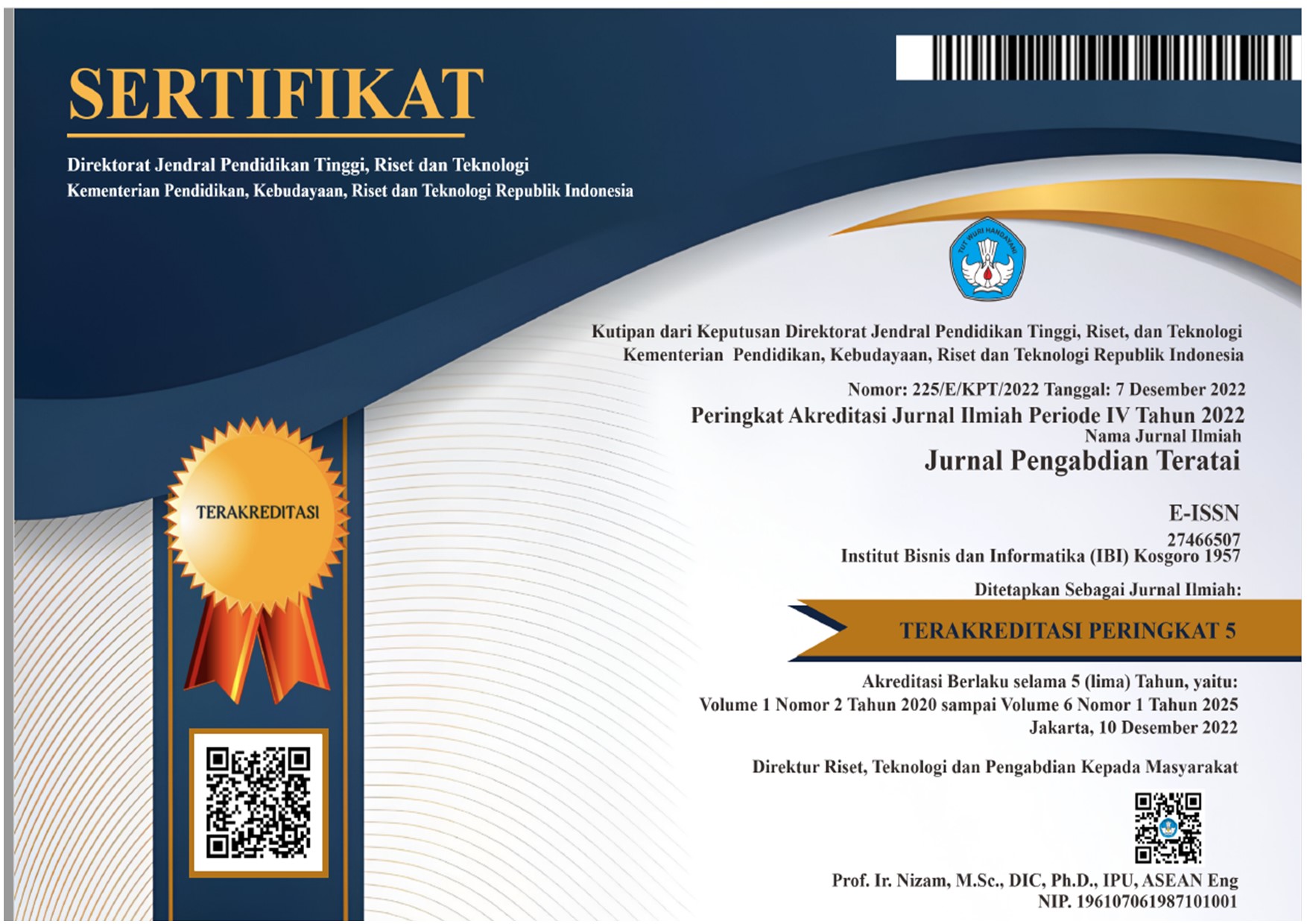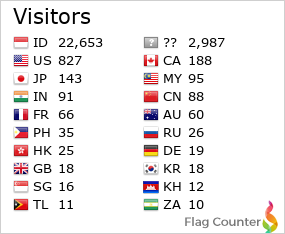PELATIHAN MENULIS KARYA FIKSI UNTUK MENINGKATKAN KEMAMPUAN JURNALISME SASTRAWI
(PELATIHAN PADA MAHASANTRI “MA’HAD ALY†PONDOK PESANTREN TAHFIDZ MODERN MADINATUL QUR’AN KOTA DEPOK)
Keywords:
Training, Fiction Works, Literary Journalism, Adult StudentsAbstract
The purpose of the activity is to improve the literary journalism skills of students, through creative writing. This ability is dominantly needed, because it relates to the competence of da'wah communication in the demands of adaptability of using new media. The implementation method is carried out by training in writing literary works and lectures on various developments of literary journalism. Through this activity, the students gain technical insight and how to develop creative ideas to be developed in verbal communication and nonverbal communication. Verbal communication is by writing and preaching, while non-verbal communication is in forming the character of students who are multitasking as adaptive resources, who are highly competent in socio-religious and using new media technology
References
Abas, S., Ahmad, M. F., & Sianturi, N. M. (2020). Exploring Persuasive Communication Model Through Entrepreneurial Learning (EL) in Affecting Student Mindsets For Entrepreneurs. Journal of Critical Reviews, 7(13), 177–183. https://doi.org/10.31838/jcr.07.13.31
Baker, M., Rudd, R., & Pomeroy, C. (2001). Relationships between Critical and Creative Thinking. Journal of Southern Agricultural Education Research, 51(1), 173–188.
Baskoro, M. L., & Haq, B. N. (2020). Penerapan Metode Design Thinking Pada Mata Kuliah Desain Pengembangan Produk Pangan. Jurnal IKRA-ITH Humaniora, 4(2), 83–93.
Firmansyah, M. A. (2020). Buku Komunikasi Pemasaran (Issue July).
Hasyim, Yusuf, 1998, Peranan dan Potensi Pesantren dalam Pembangunan, Jakarta: P3M, hlm. 95-96
Hendriana, E. (2015). Rencana pengembangan periklanan nasional 2015-2019.
Meliasanti, F., Karawang, U. S., Widawati, R., & Indonesia, U. P. (2016). Bahasa Indonesia di Perguruan Tinggi.
Rahmani, T. (2016). Penggunaan Media Sosial Sebagai Penguasaan Dasar-Dasar Fotografi Ponsel (Studi Deskriptif Kualitatif pada Akun Instagram @kofipon). Universitas Islam Negeri Sunan Kalijaga, 110(9), 1689–1699. http://digilib.uin-suka.ac.id/22193/2/12730017
Rufaidah, E., & Kodri. (2020). Buku Referensi: Strategi Inovasi dan Kreativitas Berwirausaha Era Revolusi 4.0 (Kajian Empiris & Kajian Literatur).
Setiawan, R., & Ag, S. (2015). Estetika Fotografi. Lembaga Penelitian Dan Pengabdian Kepada Masyarakat Universitas Katolik Parahyangan.
Syahrul, Y. (2019). Penerapan Design Thinking Pada Media Komunikasi Visual Pengenalan Kehidupan Kampus Bagi Mahasiswa Baru STMIK Palcomtech dan Politeknik Palcomtech. Jurnal Bahasa Rupa, 2(2), 109–117. https://doi.org/10.31598/bahasarupa.v2i2.342
Tampubolon, A., & Agustiningsih, G. (2019). Peran Account Executive di Era Digital dalam Proses Perencanaan Iklan. Jurnal Komunikasi Dan Bisnis Kwik Kian Gie, 7(2), 6.
Wibisono, H. K., Trianita, L. N., & Widagdo, S. (2013). Filsafat, Etika, dan Kearifan Lokal untuk Konstruksi Moral Kebangsaan.
Widjaja, Y. R., & Winarso, W. (2019). Bisnis Kreatif dan Inovasi. 117.








